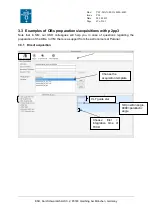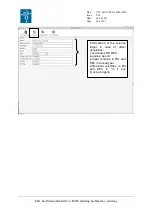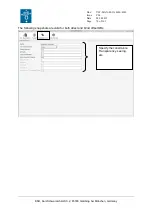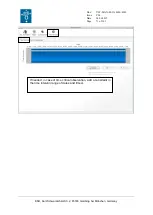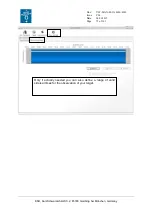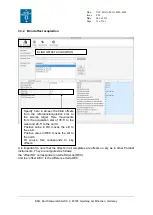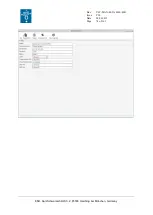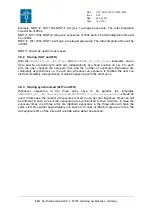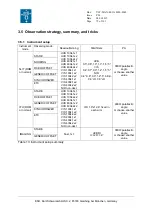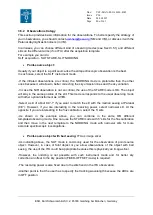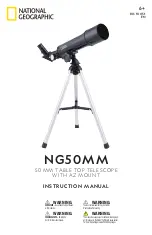
Doc:
Issue
Date
Page
VLT-MAN-ESO-14650-4942
P96
24.06.2015
81 of 161
ESO, Karl-Schwarzschild-Str. 2, 85748 Garching bei München, Germany
Extended object (galaxy) or crowded field (globular cluster):
-In case of an extended object, let say a galaxy of 25” in the sky or a star in a huge nebula,
the use of the SLIT mode if you are interested by the core of the galaxy or by the star is OK.
However, the sky correction will be difficult.
-Doing the NODDING is useless in such case because after offset the slit will still be in the
surrounding environment (galaxy-disk or nebula).
-The use of the STARE mode is OK and the sky lines correction is performed with the
pipeline. In addition, in case of extended object you will also get spatial information along the
slit. In such case, you can choose to specify another position angle than the default one that
is the parallactic angle.
Note that with the pipeline, you can select the region of spectra-extraction and extract in a
first iteration, the object spectrum, and in a second iteration, the nebula spectrum for
instance (see the data reduction cookbook that is coming soon).
-The FIXED-OFFSET or GENERIC-OFFSET observing modes are suitable. With the first
one, you will do the couple of observation: object-sky positions. With the second one, you are
able to do a mapping of the environment and also do offset to sky position. However, in the
GENERIC-OFFSET template, all the offset values are cumulative and refer to the current
position (see also Sect.7.1.1). With both templates the number of exposures on sky and
object must be the same. This is the same for the exposure times.
The MAPPING templates are not restricted with respect to the number of sky or object
positions and exposure times.
Extended object: radial velocity map, structure, or other: IFU
-In case you want to investigate the structure of an extended object such as a nebula, to do
the radial velocity mapping of a galaxy, etc, the use of the IFU is recommended.
Time series of variable object:
-The observing mode SYNCHONIZED was foreseen for such kind of observations. It
synchronizes the three arms at the middle of their exposures. This template can be used for
following spectroscopic binaries.
-The readout time should be chosen as small as possible, i.e. here the 400kHz mode should
be preferred to the 100kHz mode for the UVB and VIS mode. However it depends on the
target too (timescale of the variation, faintness).
Highly time-critical object
: fast flux variation: GRBs etc:
RRM
-In case you want to observe objects visible during few minutes or hours such as Gamma
Ray Bursts, the Rapid Response Mode is appropriate.
-Just follow the same strategy than indicated above and instead of the normal acquisition
template, you will use the RRM acquisition template.

